Common faults and repair methods of electric wrenches
Electric wrenches may encounter various faults during use. Understanding the causes of these faults and their repair methods can help users better maintain the equipment and extend its service life. The following are some common faults of electric wrenches and corresponding repair methods:

Common faults and cause analysis:
1. Electric wrench does not start:
Power problem: insufficient battery power or poor contact of the power cord.
Switch failure: The switch is damaged or the contact is poor.
Motor failure: The motor is damaged or stuck internally.
2. Insufficient power of the electric wrench:
Insufficient battery power: Low battery power leads to insufficient output power.
Brush wear: Severe brush wear and poor contact.
Gearbox failure: Gear wear or insufficient lubrication leads to poor torque transmission.
3. Severe heating of the electric wrench:
Continuous long-term use: The equipment is overloaded or used continuously for too long.
Poor heat dissipation: The vents are blocked or the heat dissipation system fails.
Motor failure: The motor is damaged internally or the coil is short-circuited.
4. Abnormal sound of the electric wrench:
Gear wear: Gear wear or lack of lubrication in the gearbox.
Motor failure: the bearing inside the motor is damaged or the rotor collides with the stator.
5. Abnormal vibration of the electric wrench:
Gearbox problem: the gears inside the gearbox are damaged or improperly installed.
Motor bearing problem: the motor bearing is damaged or loose.
Repair method:
1. The electric wrench does not start:
Check the power supply: make sure the battery is fully charged, check the contact between the power cord and the plug, and replace the battery or power cord if necessary.
Check the switch: use a multimeter to test the on-off state of the switch, and replace the switch if necessary.
Check the motor: disassemble the equipment, check whether the motor is stuck or damaged, and clean or replace the motor if necessary.
2. The electric wrench is insufficient in power:
Replace the battery: make sure to use a fully charged battery, and replace it in time if the battery is aging.
Check the brush: disassemble the equipment, check whether the brush is worn, and replace the brush if necessary.
Lubricate the gearbox: open the gearbox, check the wear of the gears, add an appropriate amount of lubricating oil or replace the worn gears.
3. The electric wrench is heating up seriously:
Intermittent use: avoid long-term continuous use, and take appropriate intermittent breaks.
Clean the vents: ensure that the vents are unobstructed and clear the blockages.
Check the motor: disassemble the equipment, check whether the motor is damaged or the coil is short-circuited, and replace the motor if necessary.
4. The electric wrench makes abnormal noises:
Check the gearbox: open the gearbox, check the gear wear, add lubricating oil or replace worn gears.
Check the motor: disassemble the equipment, check the motor bearings and rotor, and replace damaged bearings or motors if necessary.
5. The electric wrench vibrates abnormally:
Check the gearbox: check whether the gears are installed correctly, adjust or replace the gears.
Check the motor bearings: disassemble the equipment, check whether the motor bearings are damaged or loose, and replace the bearings if necessary.
The above methods can solve common faults of electric wrenches and ensure their normal operation. If the problem is more complicated or the cause is uncertain, it is recommended to seek professional repair services.

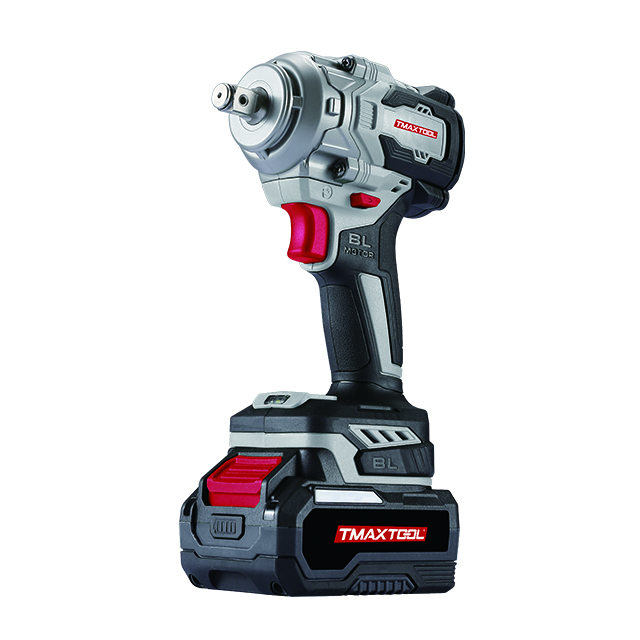 Impact Wrench
Impact Wrench
 Screwdriver
Screwdriver
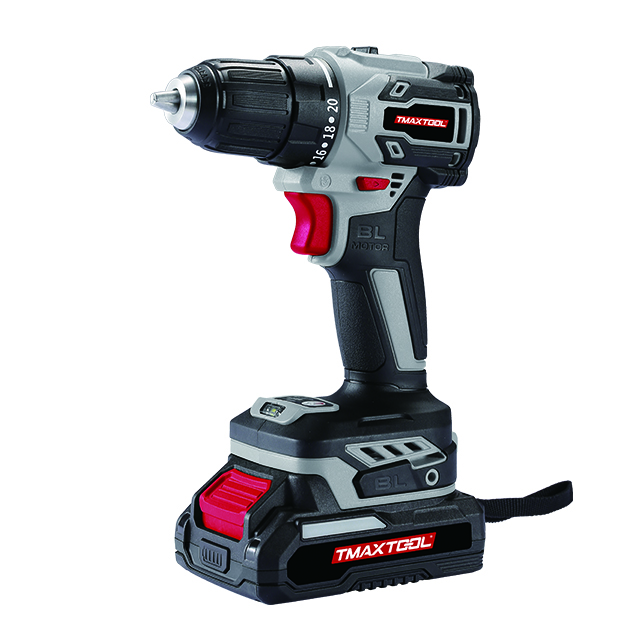 Cordless Drill
Cordless Drill
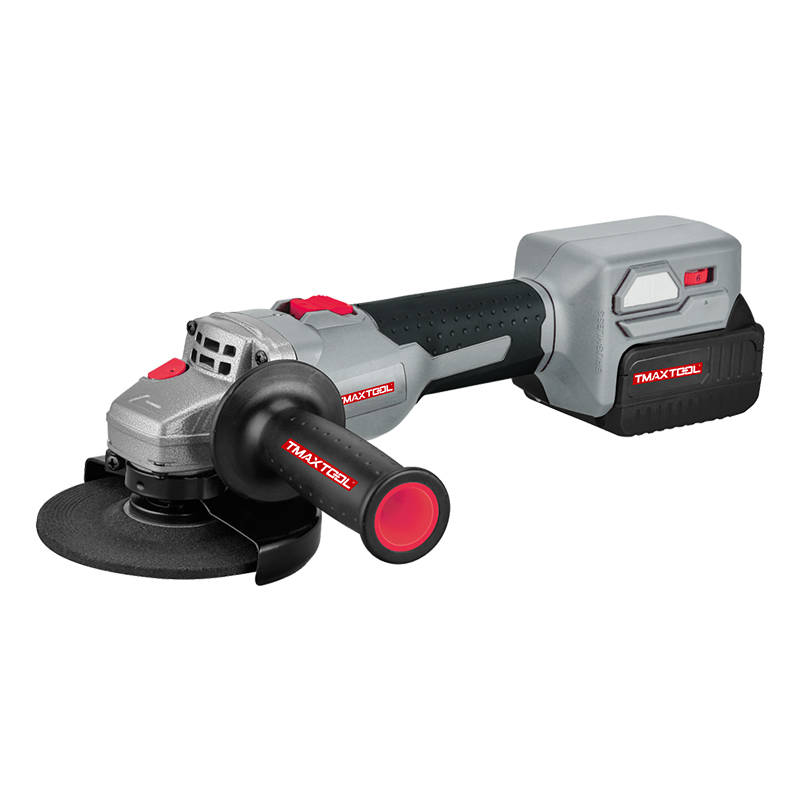 Angle Grinder
Angle Grinder
 Polisher
Polisher
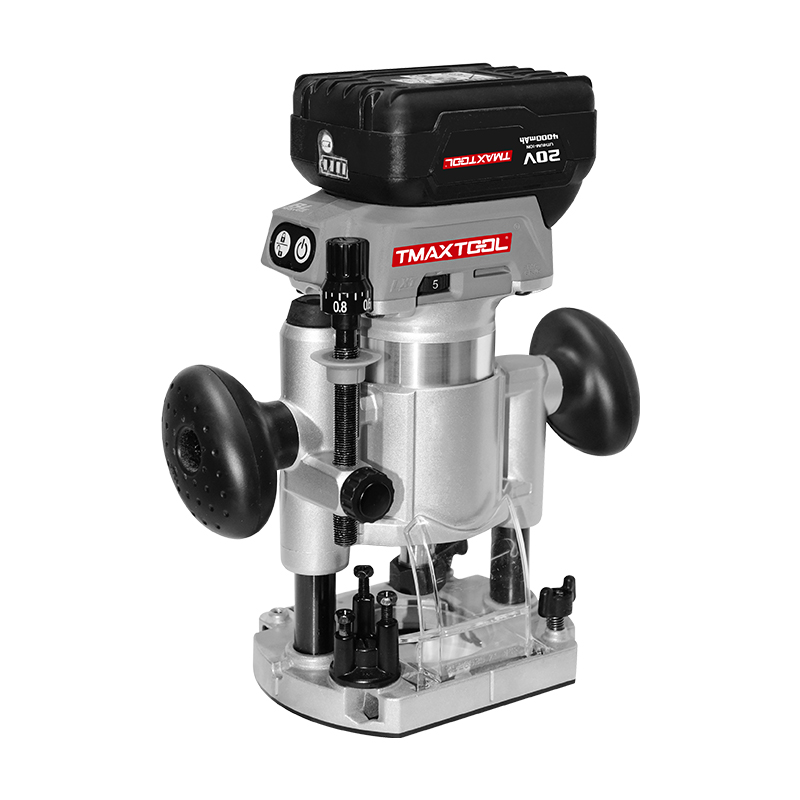 Wood Router
Wood Router
 Jig Saw
Jig Saw
 Hammer Drill
Hammer Drill
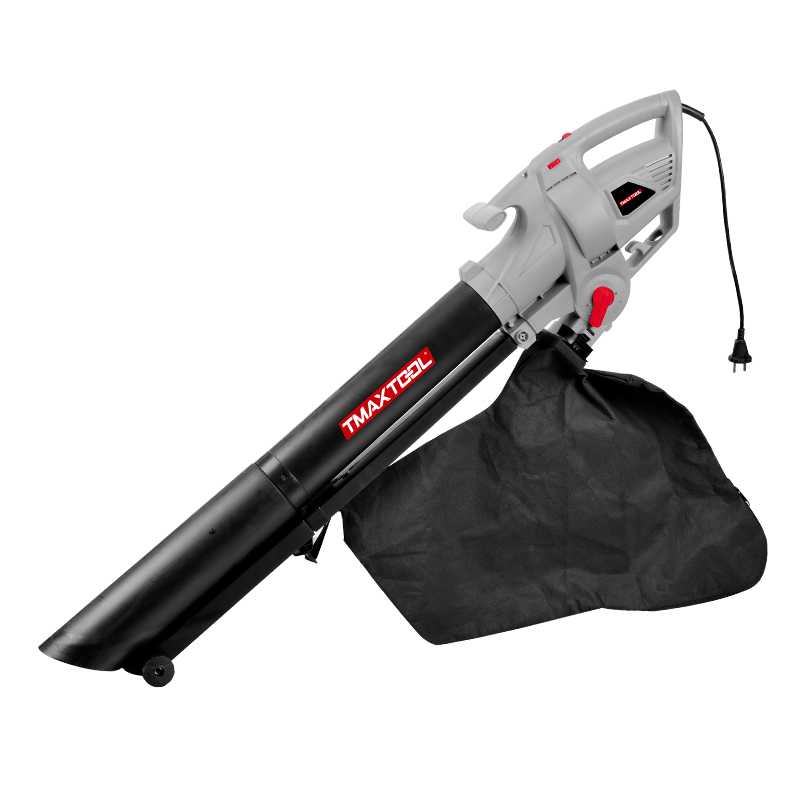 Portable Blower
Portable Blower
 Orbital Sander
Orbital Sander
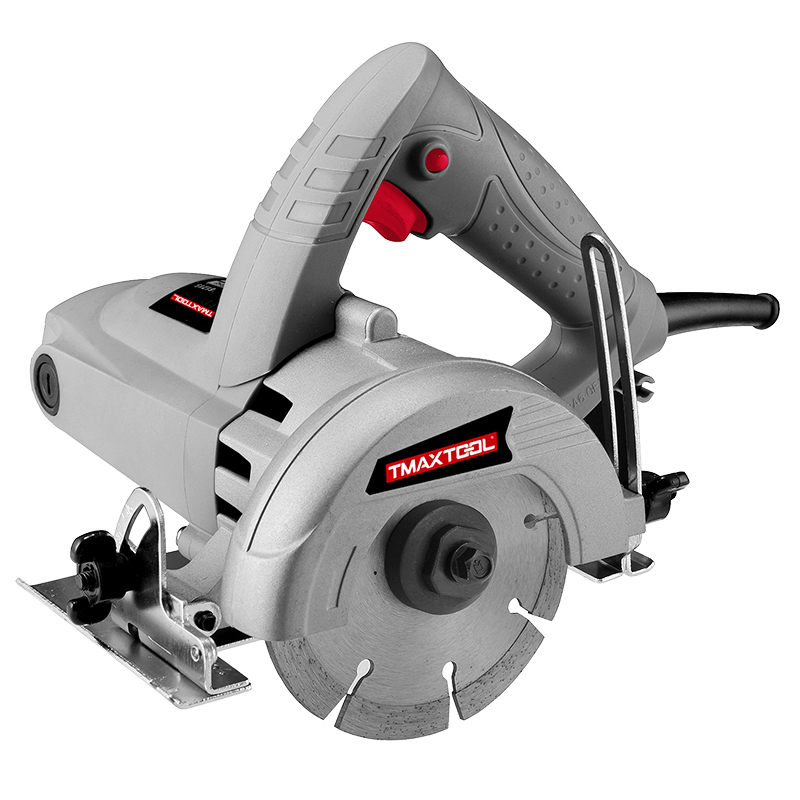 Marble Cutter
Marble Cutter
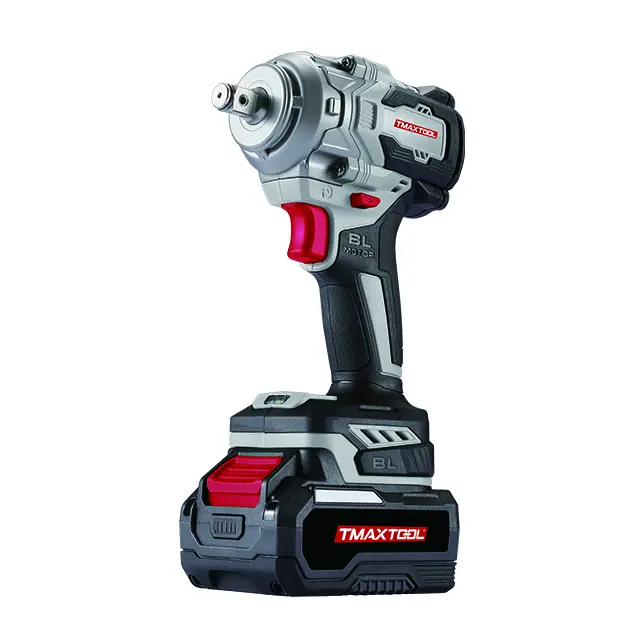 GARDEN TOOLS
GARDEN TOOLS
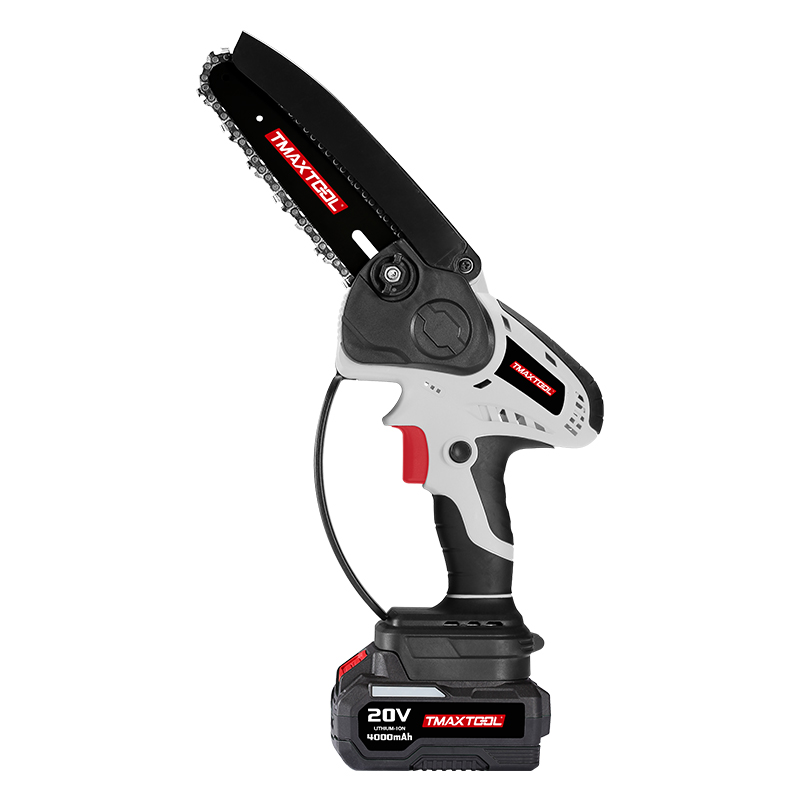 Battery Chain Saw
Battery Chain Saw
 Battery Brush Cutter
Battery Brush Cutter
 Battery Hedge Trimmer
Battery Hedge Trimmer
 Battery Multi Tool
Battery Multi Tool
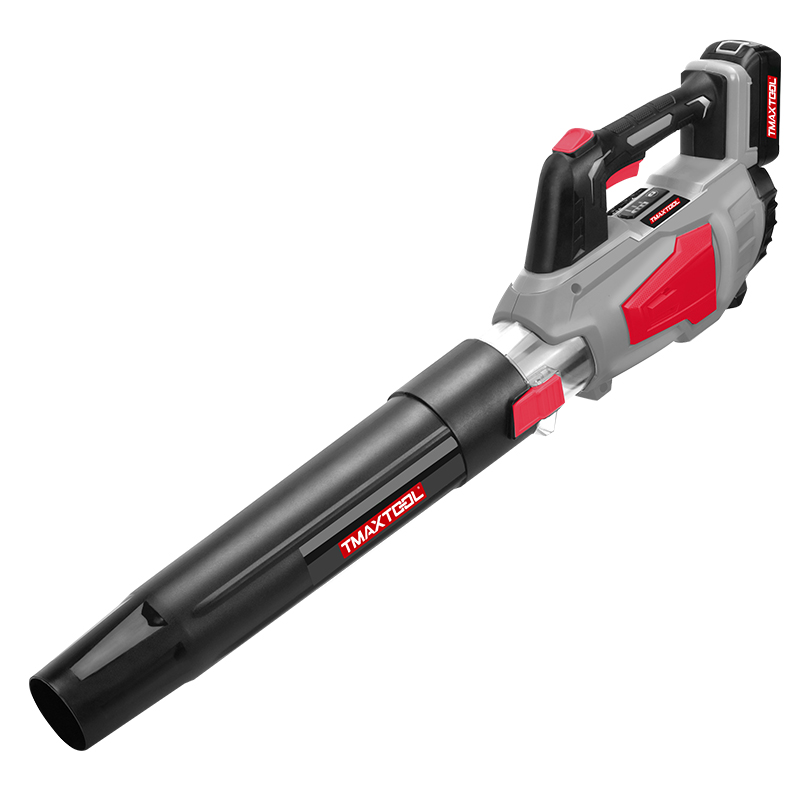 Battery Blower
Battery Blower
 Batter Pruning Shears
Batter Pruning Shears
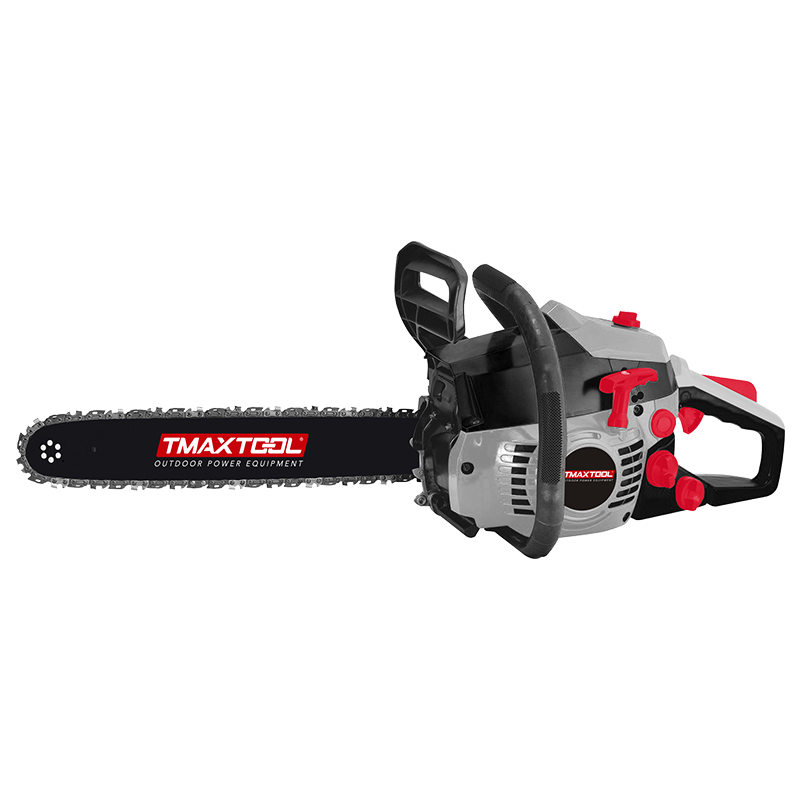 Chain Saw
Chain Saw
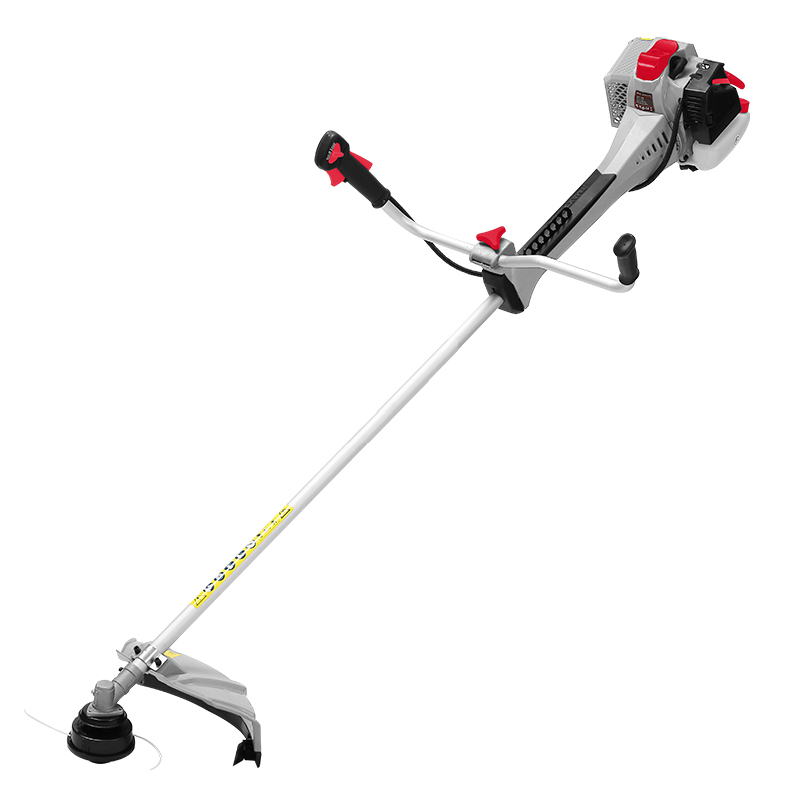 Brush Cutter
Brush Cutter
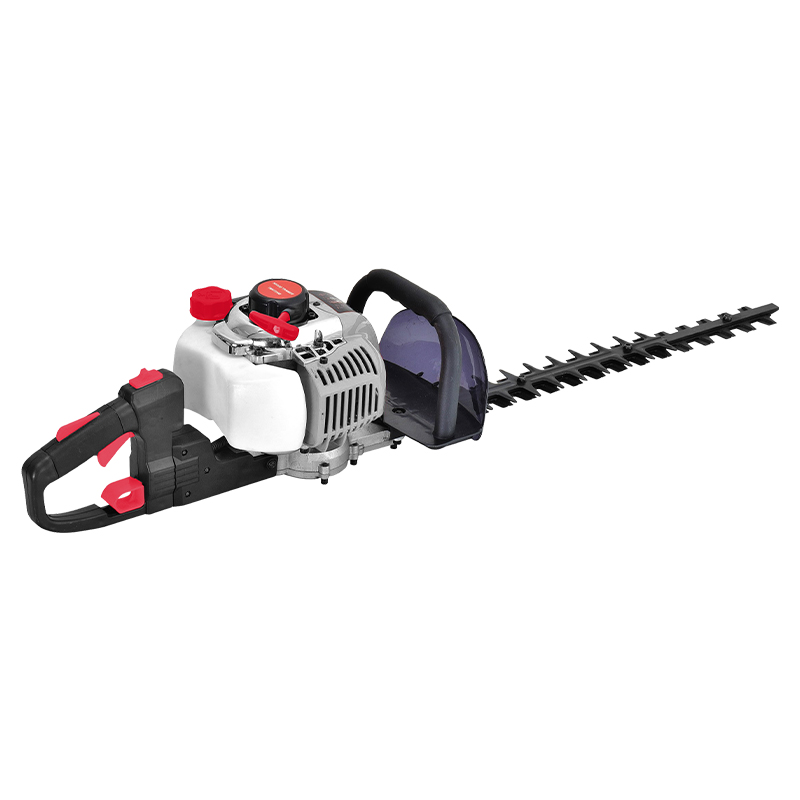 Hedge Trimmer
Hedge Trimmer
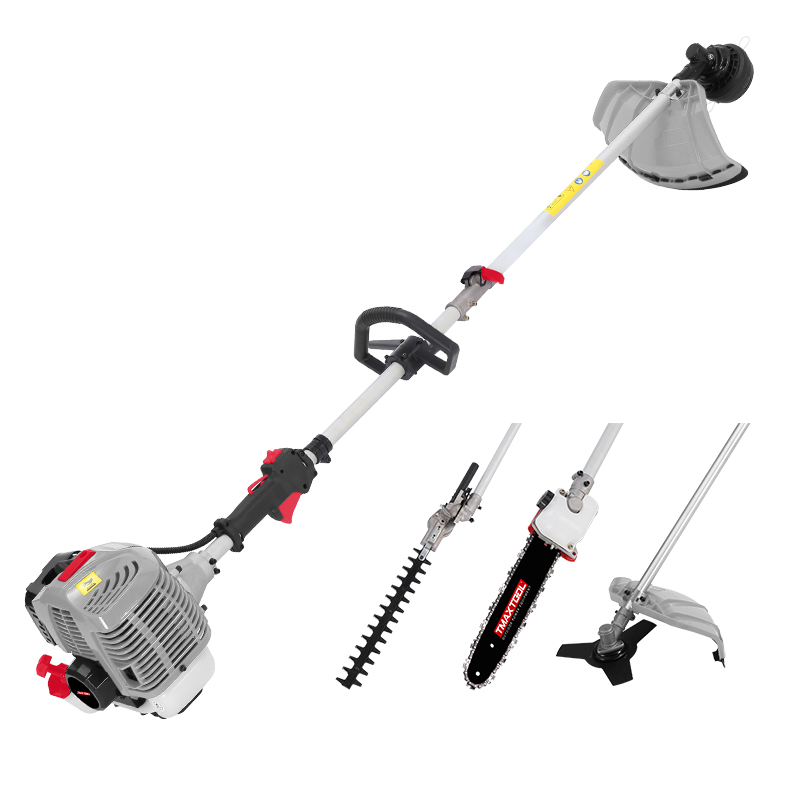 Multi Tool
Multi Tool
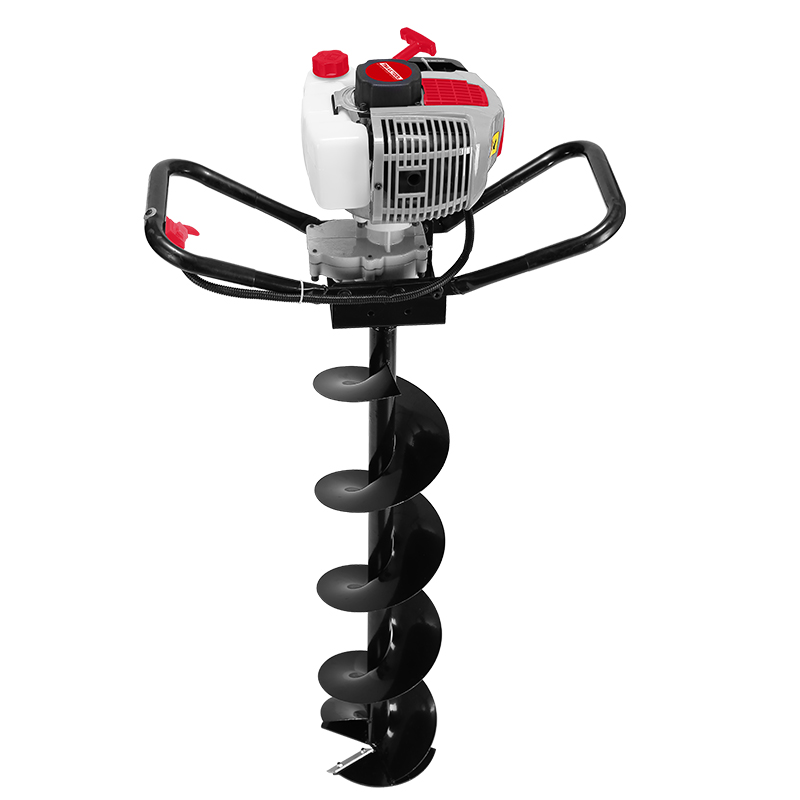 Earth Auger
Earth Auger
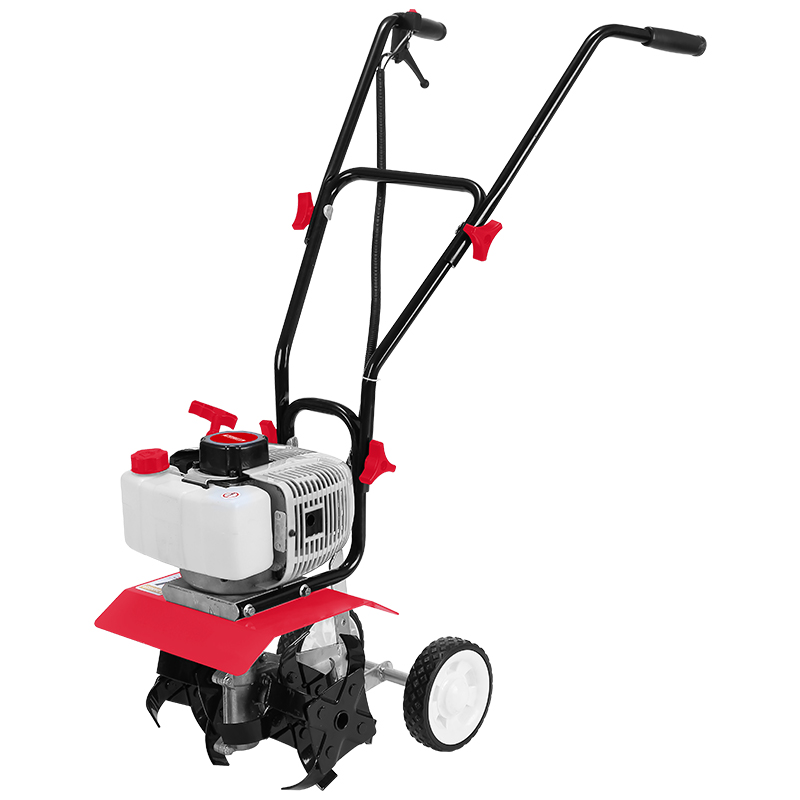 Tiller
Tiller
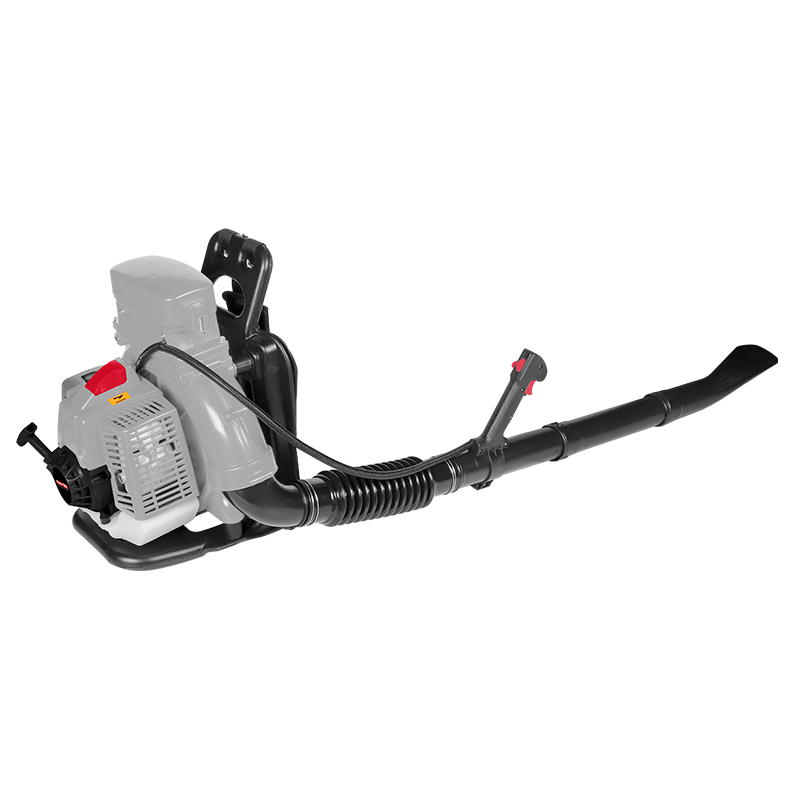 Blower
Blower
 4 Stroke Gasoline Engine
4 Stroke Gasoline Engine
 Generator
Generator
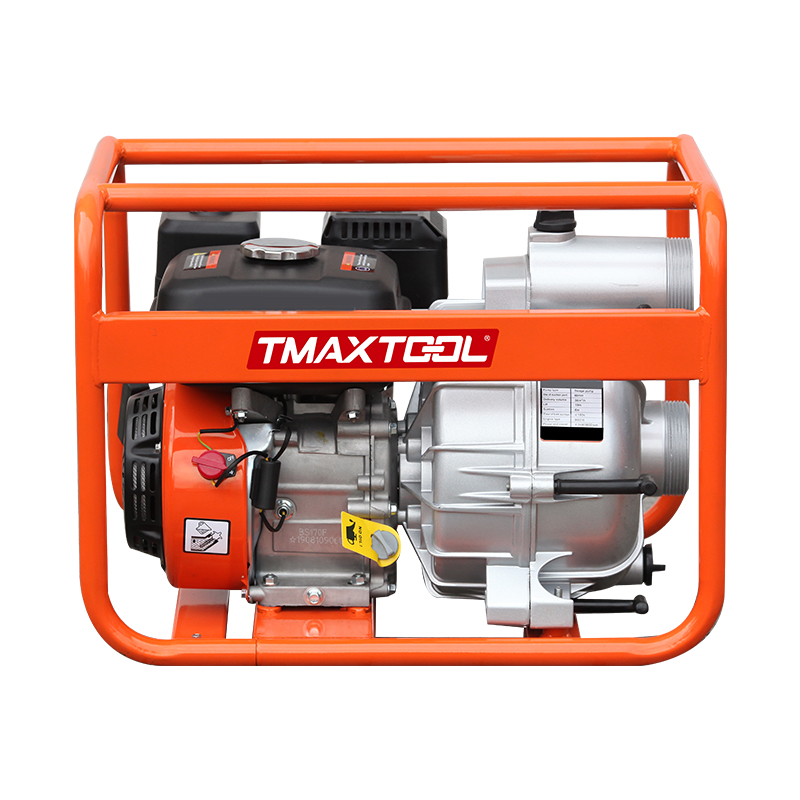 Water Pump
Water Pump
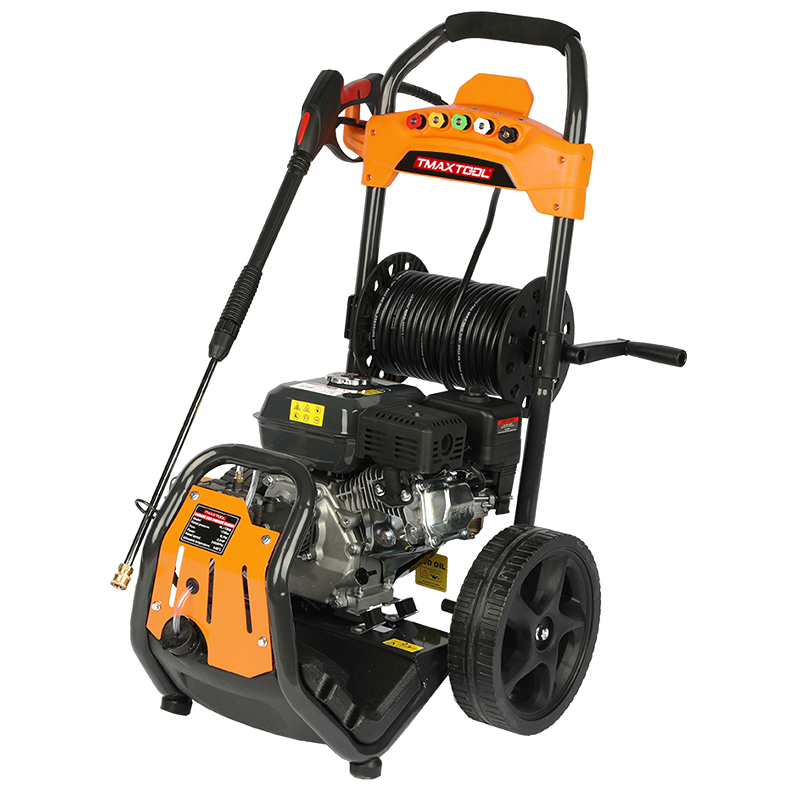 High Pressure Washer
High Pressure Washer
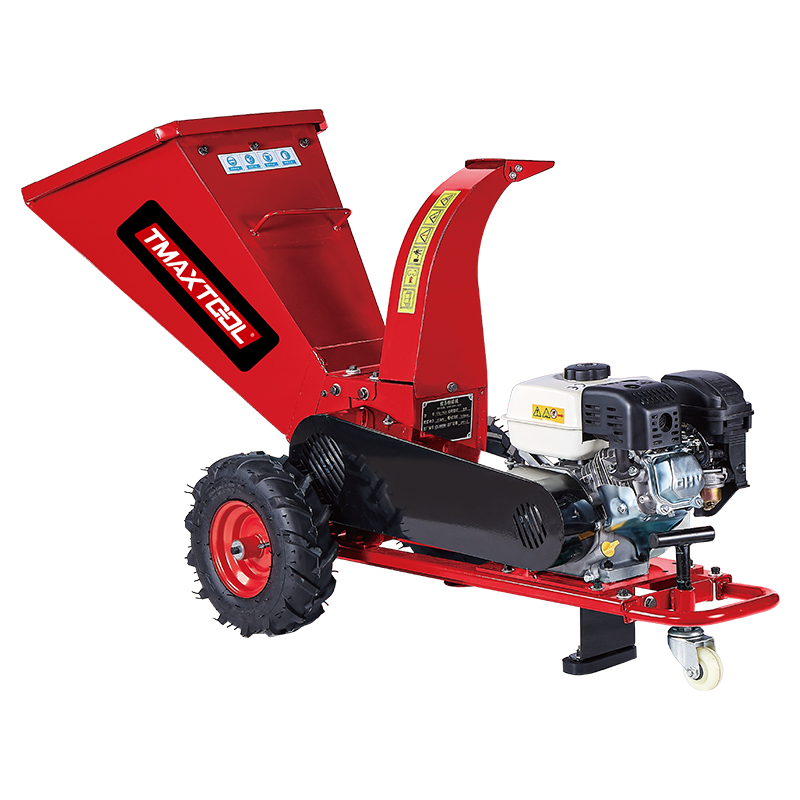 Wood Cutter
Wood Cutter
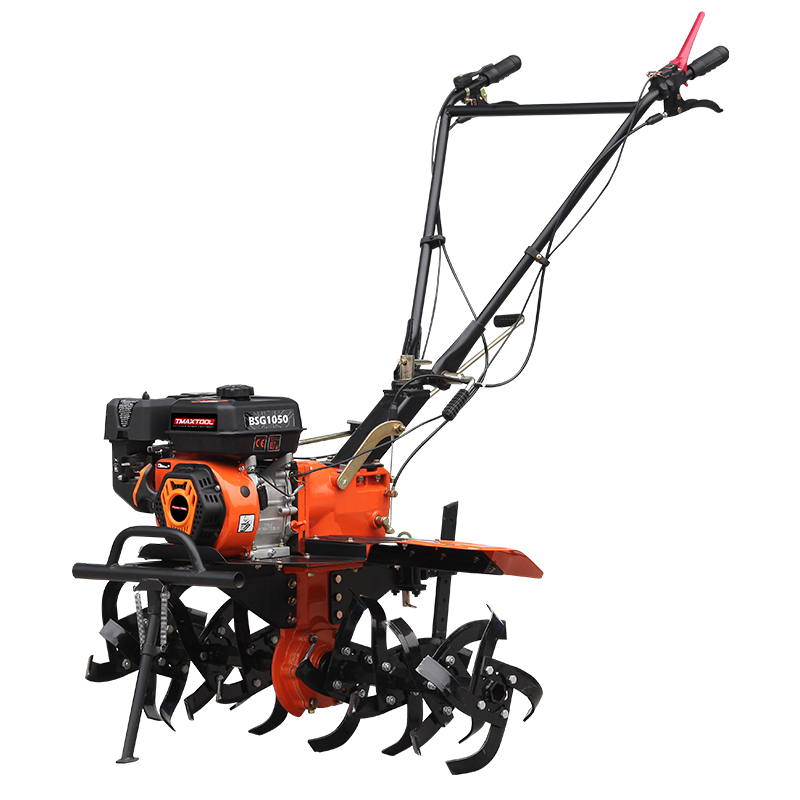 4 Stroke Tiller
4 Stroke Tiller
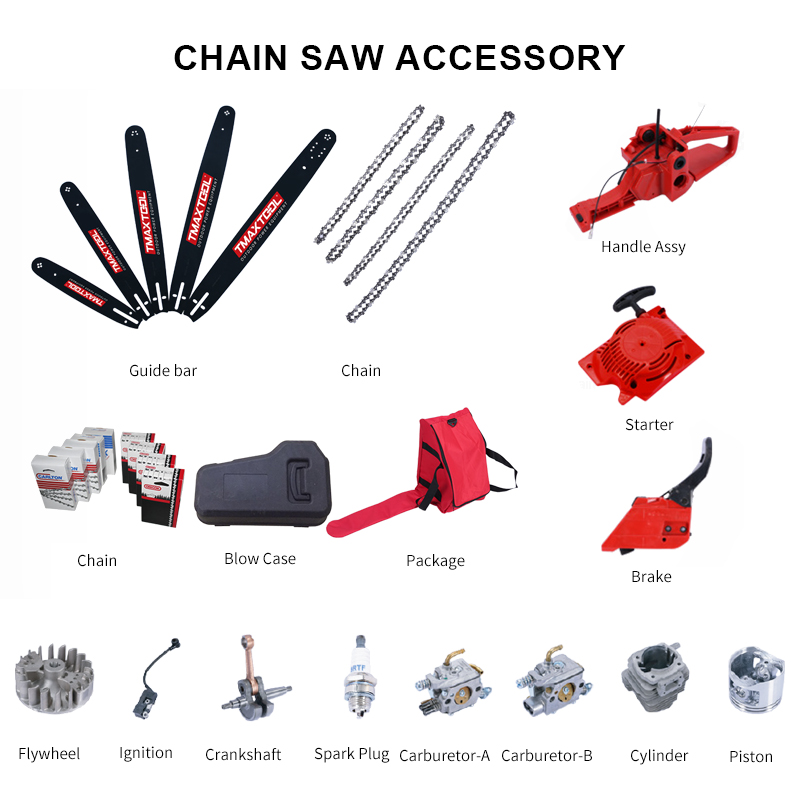 Chain Saw Accessory
Chain Saw Accessory
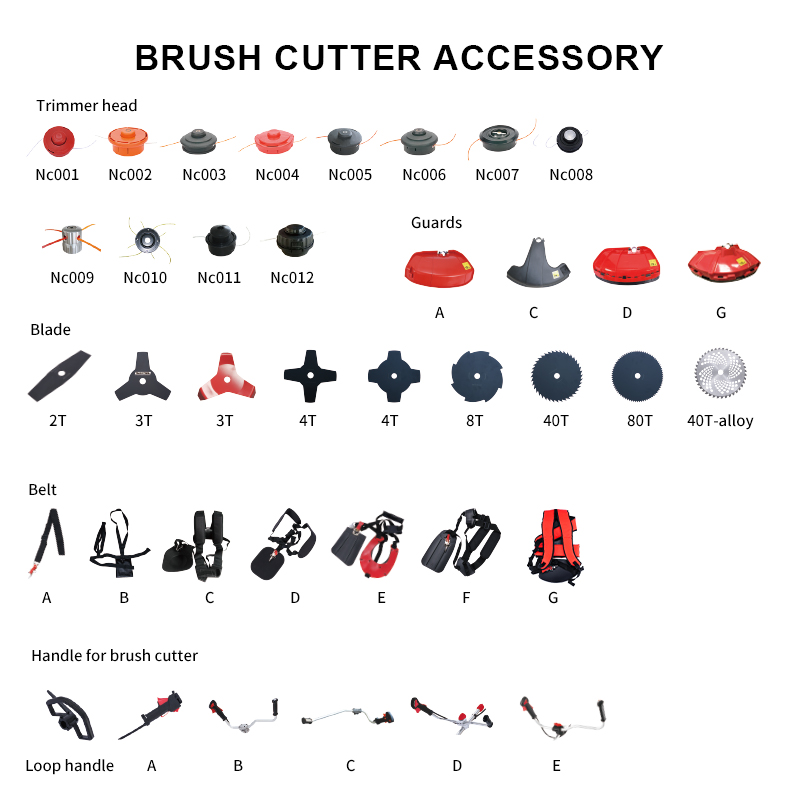 Brush Cutter Accessory
Brush Cutter Accessory
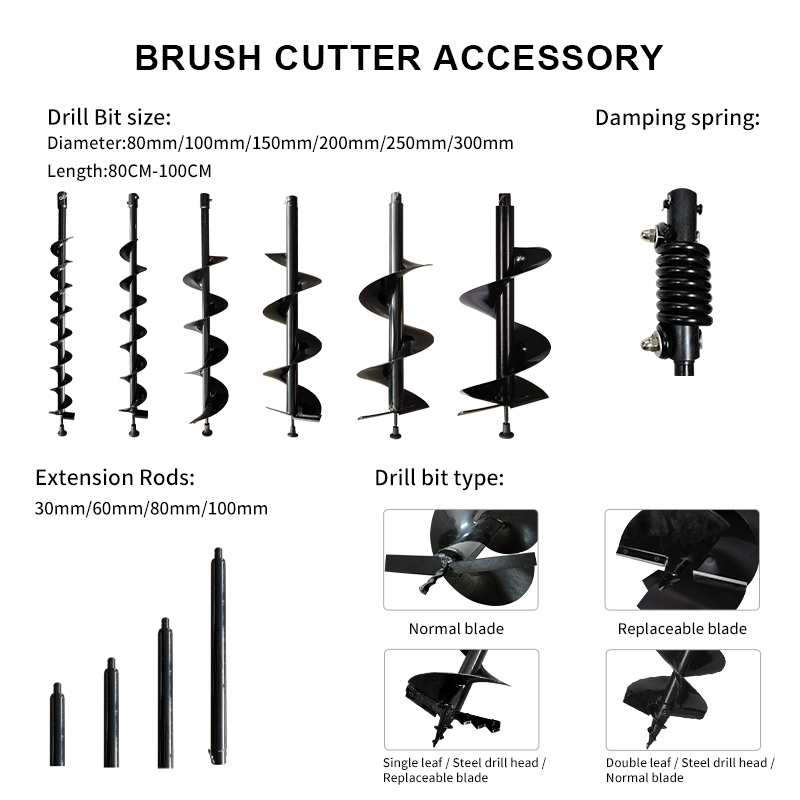 Earth Auger Accessory
Earth Auger Accessory
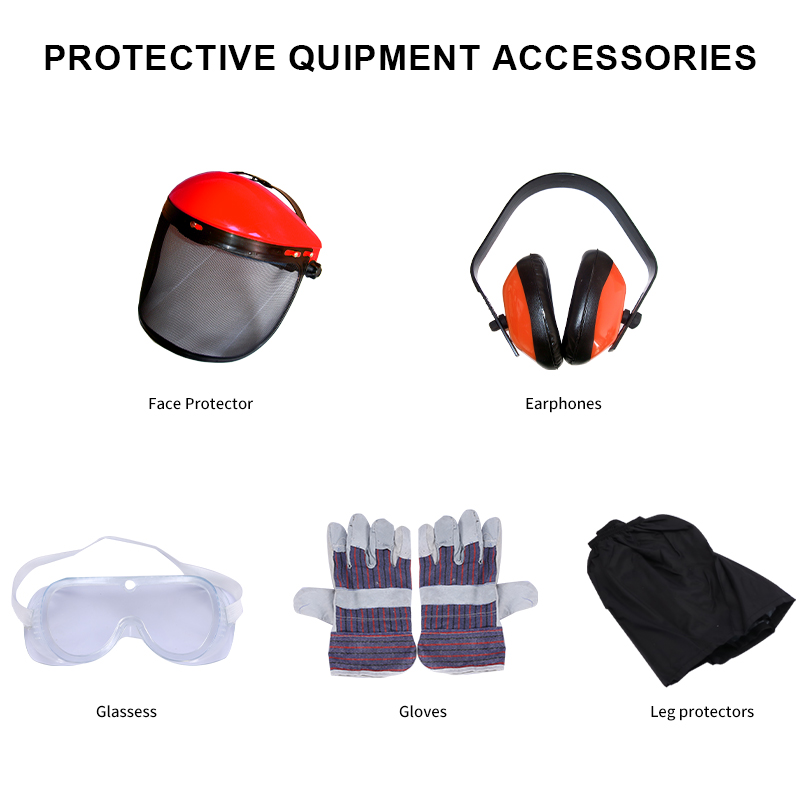 Protective Equipment Accessories
Protective Equipment Accessories







